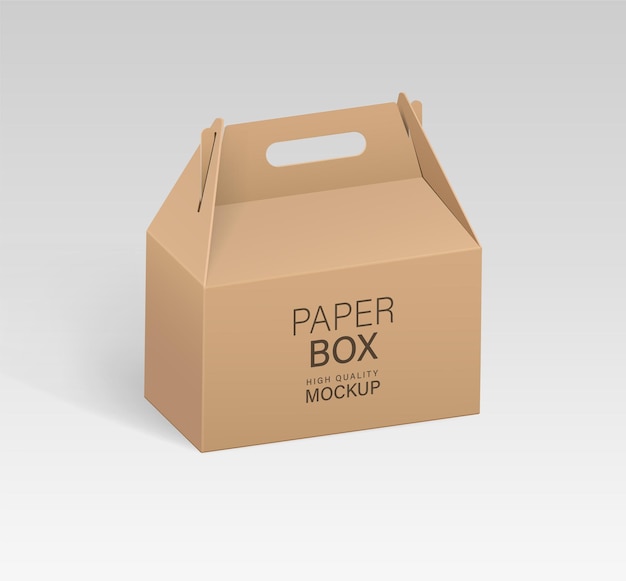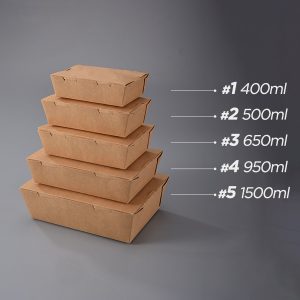Paper, an essential medium for communication and record-keeping, has played a pivotal role in human civilization for centuries. But have you ever wondered what the first material used for paper was? In this article, we delve into the origins of paper and explore the fascinating journey of its creation. Join us as we uncover the secrets behind the first material used to make paper.
- Papyrus: The Ancient Egyptian Wonder
The first material used for paper can be traced back to ancient Egypt, where the Egyptians discovered the versatile papyrus plant. Papyrus, derived from the Cyperus papyrus plant, was widely used as a writing surface in the ancient world. Its fibrous inner stem was carefully processed to create a durable and flexible material, perfect for writing and drawing. - Silk: The Surprising Paper Alternative
While papyrus was prevalent in ancient Egypt, another civilization, the Chinese, were experimenting with a different material for writing purposes. Silk, primarily known for its use in textiles, was also utilized as a writing material during the Han Dynasty. The delicate and smooth texture of silk made it an ideal choice for calligraphy and painting. - Bamboo: The Asian Paper Revolution
As civilizations evolved, so did the materials used for paper production. In ancient China, bamboo emerged as a game-changer in the papermaking industry. The strong and fibrous nature of bamboo allowed for the creation of a more durable and long-lasting paper. This innovation revolutionized the spread of knowledge and paved the way for the mass production of paper. - Mulberry Bark: The Birth of Modern Paper
The first material used for paper in its modern form can be attributed to mulberry bark. In the 2nd century, during the Eastern Han Dynasty, Cai Lun, a Chinese court official, developed a groundbreaking technique using mulberry bark, hemp, and rags to create a pulp that could be pressed into sheets. This marked the birth of modern paper and set the stage for its widespread use across the globe.
Conclusion:
From the ancient wonders of papyrus and silk to the revolutionary use of bamboo and mulberry bark, the journey of paper's evolution is a testament to human ingenuity and resourcefulness. Understanding the origins of paper not only provides us with a glimpse into our past but also highlights the importance of innovation and adaptation in shaping our present and future. So, the next time you hold a sheet of paper in your hands, remember the remarkable materials that paved the way for its creation.



+ There are no comments
Add yours